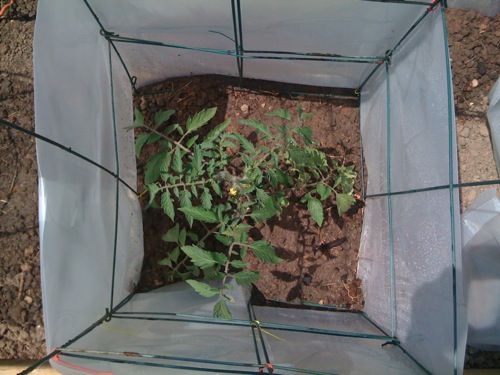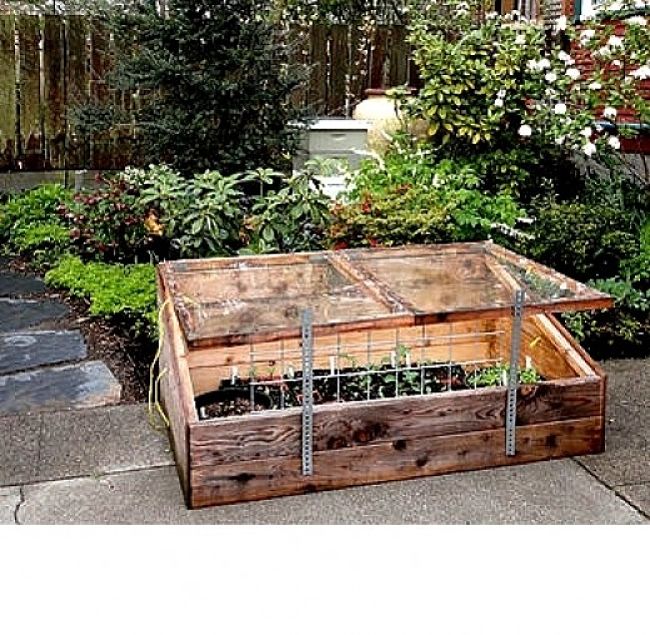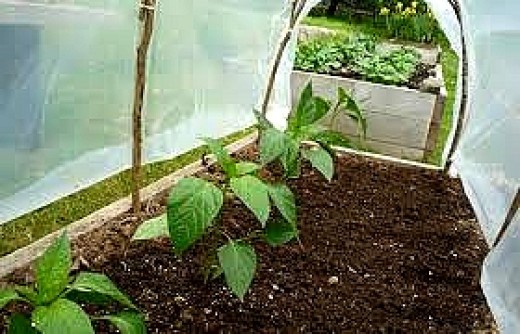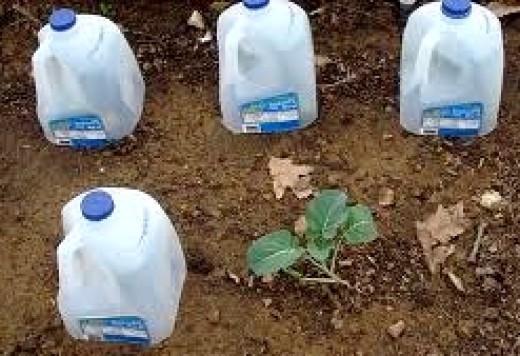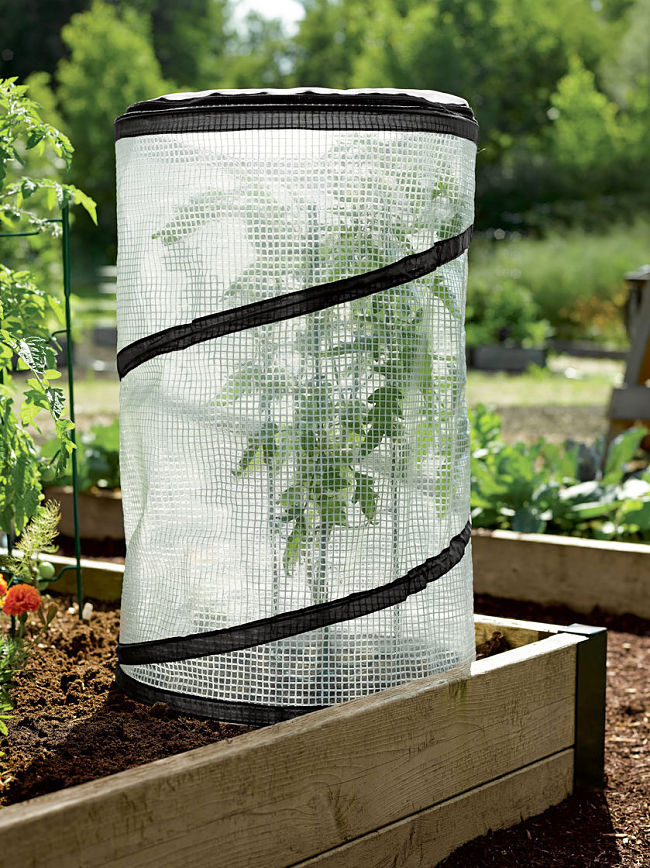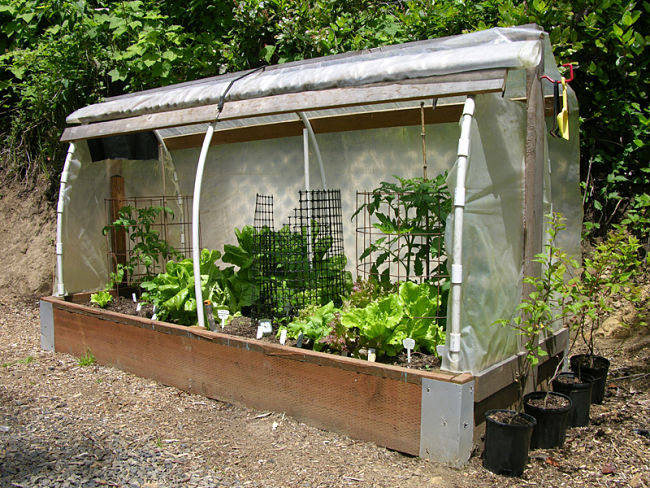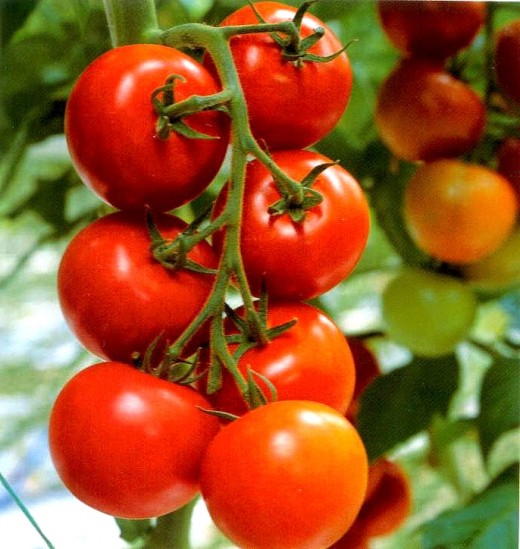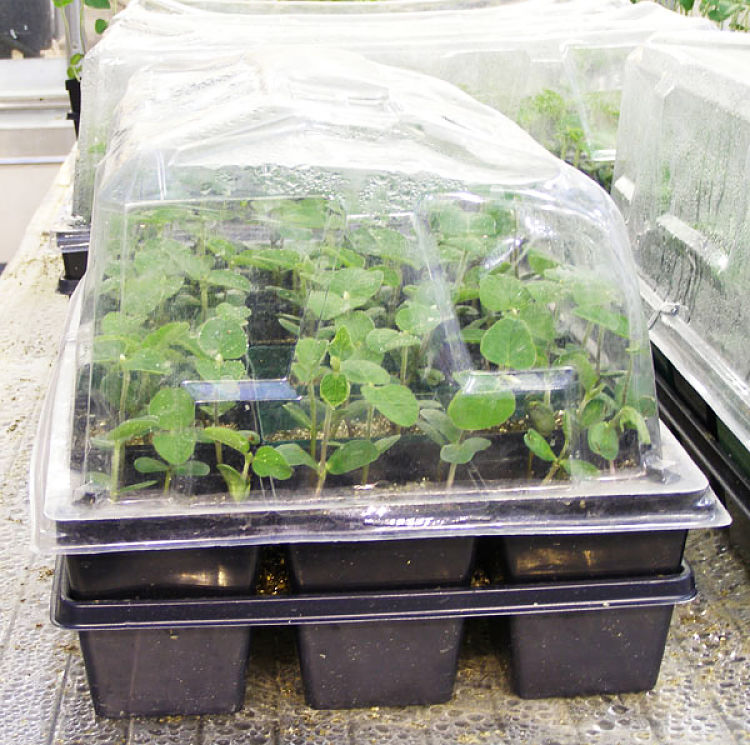Hardening off Tomato Plants and Other Seedlings Before Planting Out
When its time to plant the young seedlings you have carefully nurtured indoors out into the garden beds you need to take the right precautions otherwise they may die or be set back in their growth.
Plants grow best continuously and these set backs can seriously impede their development. So its time to understand how to prepare the seedlings for planting out to avoid this.
This article reviews and concluded with the best way to do this. It is commonly called hardening off the seedlings before planting out.
It makes sense to grow seedlings in sheltered conditions and to understand that they need a gradual transition to the harsh outdoor environment
Discover the best time to grow tomatoes and othe vegetables in your area.
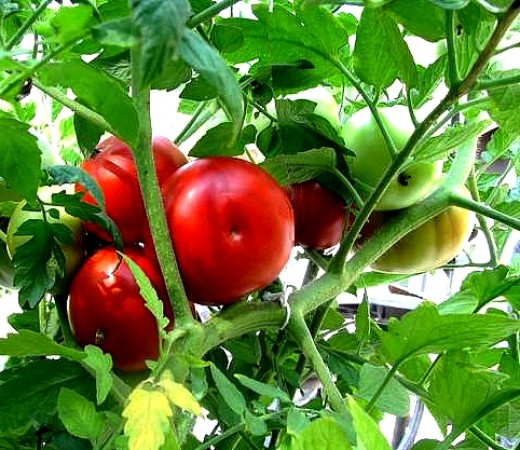
Raising the Seedlings
Growing tomatoes an other vegetables seedlings indoors or outdoors under glass makes a lot of sense:
- It avoids wasting space in the garden as the plants are in the ground for less time.
- It avoids the need for awkward, wasteful, time-consuming and fiddly thinning out.
- It ensures that you can space your seedlings at precisely the correct intervals
- It permits growing your vegetable seedlings in an ideal and nurturing environment of a greenhouse type setting that assists them in growing steadily and vigorously.
Seedlings are simply not ready for being planted out straight away without being acclimatised to the outdoors.
Why is this? Because the waxy cuticle that covers the upper and lower leaf surfaces from drying out in the sun and wind doesn't develop when seedlings are grown under glass.
The plants have to be triggered to develop these protective coatings by exposure to outside conditions and it takes time for the coatings to develop.
Seedlings raised outdoors develop these coatings from the start and take on a darker green appearance. Exposure to the variable conditions outdoors triggers the 'hardening' of the seedlings.
So How can you Harden Off Your Plants?
The standard way to 'harden off' your plants is to move them outdoors to a spot with partial sun, but relatively shady and sheltered, while still in their seedling trays or pots for about a fortnight.
It is a good idea to bringing them indoors again each night for the first week, if the nights are cold and frosty. If there is no shade cover the seedlings with fly-screen mesh is very handy shading material). Using a cover with an adjustable lid is an ideal way to acclimatize the plants.
Tomatoes and Frost
Tomatoes are very sensitive to frost. In places such as Canberra, and other frost tolerant places, you have to plant tomatoes around the date of the Melbourne Cup (first Tuesday in November) if you want home-grown tomatoes by Christmas.
But frosts can occur can so people have to be prepared to cover their tomatoes at night is there is a risk of frost.
The same precautions are required for planting out pumpkins, zucchinis, capsicums, cucumbers, eggplants, beans and corn in cold climates.
Cold Frames and Cloches
There is a huge range of Garden Cold Frames and Cloches that can be used to raise seedlings, 'harden off' plants and protect seedlings from frosts.
You can make them yourself using various design concept or buy various commercial varieties.
Options include covers for individual plants, Greenhouse Cloche Tunnels and Longrow Cloche Covers.
For homemade ones you can cut holes in the plastic to allow more exposure for the plants or open up various panels.
Many commercial one have fans or adjustable panels and lids.
Raising the Seedlings
